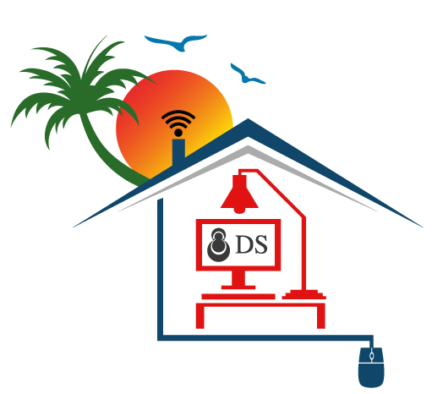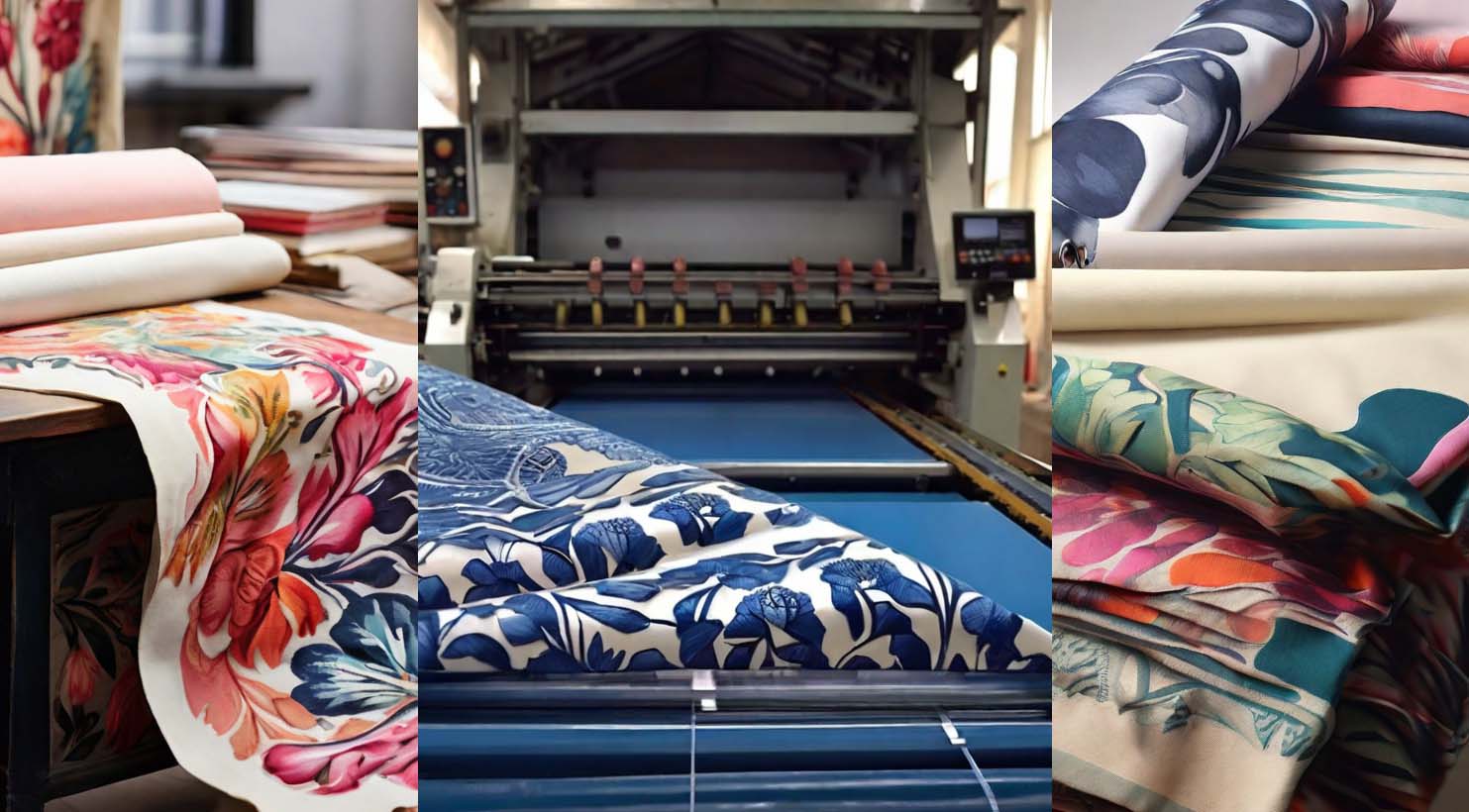Introduction:
Textile printing is an ancient art that has evolved into a complex and fascinating process, combining tradition with cutting-edge technology. This blog will take you on a journey through the intricate world of textile printing, exploring each step of the process—from initial design conception to the final printed fabric. Get ready to delve into the techniques, innovations, and creative decisions that shape the vibrant and diverse landscape of textile printing.
1. Design Ideation and Conceptualization
**Inspiration Sources:**
– Exploring the myriad of influences, from nature to art and culture.
– How designers draw inspiration for textile prints.
**Research and Trend Analysis:**
– The importance of staying informed about current design trends.
– How market demands shape design decisions.
**Concept Development:**
– Transforming ideas into tangible design concepts.
– The role of sketches, mood boards, and digital tools in concept development.
2. Digital Tools in Textile Design
**Computer-Aided Design (CAD):**
– The transition from hand-drawn sketches to digital design.
– Advantages of CAD software in precision and scalability.
**Color Exploration and Manipulation:**
– Utilizing digital tools for experimenting with color schemes.
– Achieving harmony and balance in color selections.
**3D Visualization:**
– The impact of 3D visualization in previewing the final print.
– Enhancing the designer’s ability to refine and perfect the design.
3. Selection of Printing Techniques
**Screen Printing:**
– The traditional method with roots in ancient times.
– Step-by-step guide to screen printing on textiles.
**Digital Printing:**
– The revolution in textile printing with high-tech digital machines.
– How digital printing allows for intricate details and complex designs.
**Block Printing and Rotary Printing:**
– Traditional techniques that maintain their charm.
– Their application in both artisanal and large-scale production.
**Sublimation Printing:**
– The process of transferring dye into the fabric using heat.
– Ideal applications and advantages of sublimation printing.
4. Material Selection and Preparation
**Choosing the Right Fabric:**
– How different fabrics react to various printing techniques.
– Considerations for durability, texture, and color absorption.
**Pre-Treatment of Fabrics:**
– The significance of preparing fabrics for optimal print results.
– Techniques such as scouring, bleaching, and heat-setting.
**Environmental Considerations:**
– Sustainable fabric choices and eco-friendly pre-treatment methods.
– The textile industry’s efforts towards minimizing environmental impact.
5. Printing Process Execution
**Color Separation:**
– Breaking down the design into individual color components.
– The role of color separation in achieving vibrant and accurate prints.
**Printing Machine Operation:**
– A step-by-step walkthrough of how printing machines operate.
– The importance of precision in the printing process.
**Quality Control Measures:**
– Implementing checks to ensure consistent and high-quality prints.
– Addressing common issues like color bleeding and misalignment.
6. Post-Printing Treatment and Finishing
**Curing and Drying:**
– The necessity of curing prints for durability.
– Various methods for drying printed fabrics.
**Washing and Fixing:**
– Removing excess dyes and chemicals post-printing.
– Fixing prints to ensure longevity and colorfastness.
**Finishing Touches:**
– Adding special treatments such as softeners or coatings.
– Enhancing the tactile qualities of the printed fabric.
7. Challenges and Innovations in Textile Printing
**Challenges Faced by Printers:**
– Common issues and troubleshooting in textile printing.
– How technology is addressing these challenges.
**Innovations in Sustainable Printing:**
– Advancements in eco-friendly inks and printing processes.
– The push towards sustainable practices in the textile industry.
**Smart Textiles:**
– Integrating technology into printed fabrics.
– Examples of textiles with embedded sensors or interactive elements.
Conclusion: The Artistry and Technology of Textile Printing
Textile printing is an intricate dance between artistry and technology, where creativity meets precision to produce fabrics that captivate and inspire. From the initial spark of an idea to the final printed masterpiece, every step in the process plays a crucial role in shaping the world of textiles. As technology continues to advance and sustainability becomes paramount, the future of textile printing holds even more exciting possibilities, ensuring that this ancient art form continues to thrive and adapt to the ever-changing demands of the modern world.



